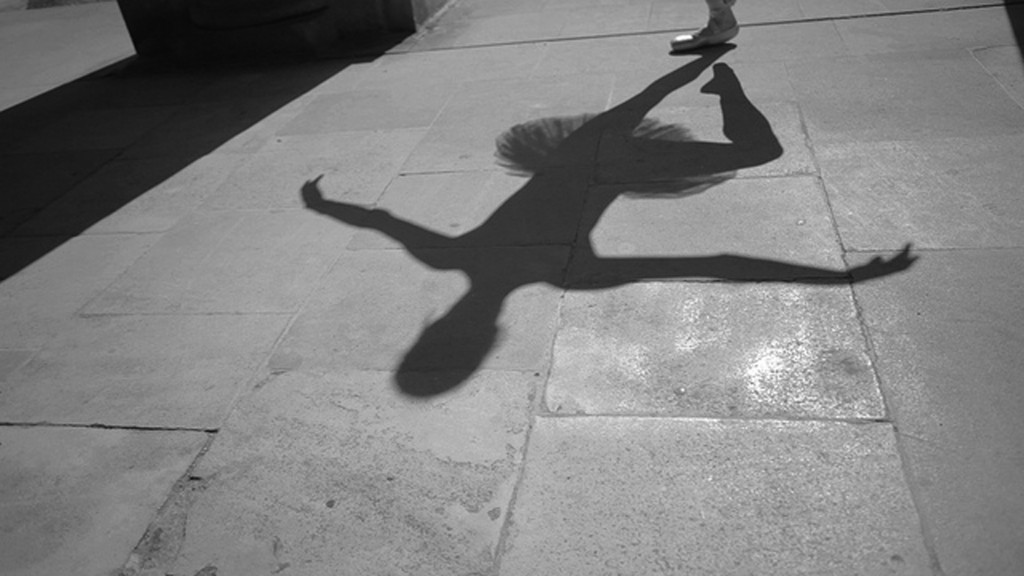She was number 27 and they called her the Devil’s child. She, a girl of only three years old, lived in an orphanage in Sierra Leone, West Africa. Her father was killed by rebel soldiers, and her mother died of starvation, choosing to feed her daughter instead. She was just a little orphaned girl and they called her the Devil’s child.
One day, three-year-old Michaela DePrince (born Mabinty Bangura) discovered a magazine with a ballerina on the cover. Of that day, DePrince says, “I was just so fascinated by this person, by how beautiful she was, how she was wearing such a beautiful costume, so I ripped the cover off and I put it in my underwear.” She didn’t know what ballet was at the time, but she was inexplicably haunted by that image which came to represent a pathway to a life of happiness.
A couple from the United States adopted Michaela, enabling her to pursue a career in ballet. In 2012, at the age of 17, she had her first major debut in Johannesburg, and she has since continued to win international acclaim for her ballet performances.
I was struck by the way in which Michaela was able to glimpse her humanity through art. In this case, the ballerina who did not dance on the page danced nevertheless in the spirit of an orphan girl. And as she watched the dance, Beauty, who is our Mother, whispered to this girl, “You are not the Devil’s child. You belong to me, and are precious in my sight.” It is not that art transformed her from the devil’s child to Michaela: she was never just a number. No, art revealed to this precious little girl that she was a human being, born with dignity, worthy of happiness.
As a ballerina, Michaela now works to affirm the humanity of all who watch her dance. As a dancer, she says to us, “This is my body, given for you”, for she does what my body does not know how to do. And she dances to bring me delight, yes, but also to awaken in me a transcendent wonder. She says to me, “This is your body,” for in her body, I see my own. She who is other than me is also me, for we each share one humanity. Though we vary as individuals, the significance behind the ballerina’s leap is universally accessible for her, for me, for you.
This then, is the spiritual nature of art: we share in meaning together, regardless of our differences. Art is not a religious creed that might somehow mark the divide between orthodoxy and heresy. Art is not tribal paint that tells you that you belong to this tribe as opposed to that one. Art isn’t even a prayer book that issues forth from one religious tradition and may or may not translate over into the worship of another tradition. Art belongs to all of us.
As a spiritual experience, every time we celebrate a work of art – whether a dance at a recital in McInnis Auditorium or a film that will be honored at the Oscars this year – we are celebrating our commonness, our humanity, and we are testifying together that we are other, and yet we are the same.
Artists are not out of touch with the world. The dancer has her feet planted on the ground and feels the earth shifting under the violence of man killing man. The musician has his ear tuned to the cries of the children whose parents are separating. Art doesn’t ask us to pretend that the Iraqi monastery wasn’t burned by ISIS. Art is not even an invitation to escape into a world where death is not waiting for each of us. And yet it is through the work of the artist and our shared delight in that work that we proclaim with confidence that the world is good, that humanity is good, that transcendence is good.
Do not forget, dear friends, that darkness does not overcome light, that church bells are still ringing, that little girls with flowers in their hair are still smiling, that the potter and the bookbinder and the painter and the chef continue to practice their craft. Art belongs to us, the orphan and the mother, the sinner and the saint: it is our shared heritage, a treasure given to us to delight in, cherish, and love. And when we learn to love art, we learn also to love each other and ourselves.

